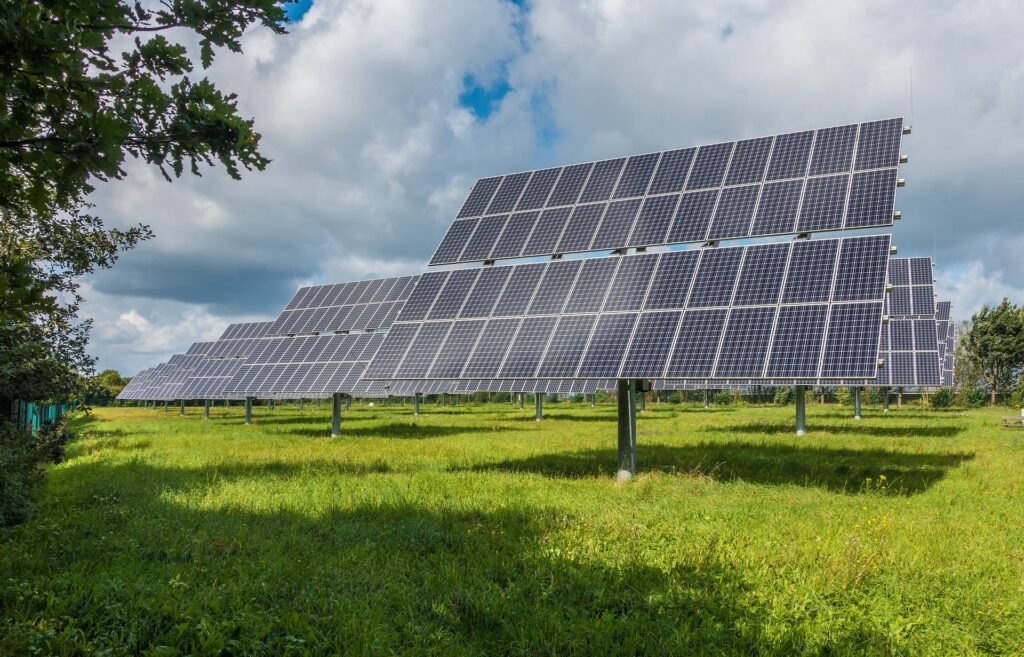Solar Power System
Solar Power System (or) Solar power plant is based on the conversion of sunlight into electricity, either directly using PhotoVoltaic(PV) and tracking systems to focus a large area of sunlight into a small beam. PhotoVoltaic converts light into electric current using the photoelectric effect (or) PhotoVoltaic technology employs the photoelectric effect to seamlessly transform light into electric current.
The term off-grid refers to not being connected to a grid, mainly used in terms of not being connected to the main or national electrical grid. In electricity, off-grid can be stand-alone systems (SHS) or mini-grids typically to provide a smaller community with electricity. Off-grid electrification is an approach to access electricity used in countries and areas with little access to electricity, due to scattered or distant population.
In just an hour and a half, the sunlight that reaches the Earth’s surface holds the potential to satisfy the entire global energy demand for an entire year. This vast energy resource can be harnessed through solar technologies, which primarily utilize two methods: photovoltaic (PV) panels and mirrors that concentrate solar radiation.
Photovoltaic panels directly convert sunlight into electrical energy by leveraging the photoelectric effect. These panels are composed of semiconductor materials that generate an electric current when exposed to sunlight. On the other hand, mirrors are used to concentrate solar radiation onto a specific point. This concentrated sunlight can then be used to produce steam, which drives turbines to generate electricity.
The electricity generated through these solar technologies can be utilized instantly or stored for later use. Energy storage options include batteries, where excess electricity can be stored and retrieved when needed, and thermal storage, where heat generated by the concentrated solar radiation is stored for later conversion into electricity.
This remarkable capability of solar technologies not only provides a sustainable and renewable source of energy but also offers the flexibility to store and use energy as needed, contributing to a more resilient and efficient energy infrastructure.

- Single phase / Three phase pure sine wave AC output
- Hybrid System for uninterrupted power supply
- Remote Monitoring System
- Roof top / Ground Mountable
- Rural Hamlets
- Hospitals
- Bungalows
- Educational Institutions
- Government Offices
- Commercial Establishments
- Petrol Pumps
- Construction Companies
- Workshops
- R&D Laboratories
- Water Pumps
- Community Centers


